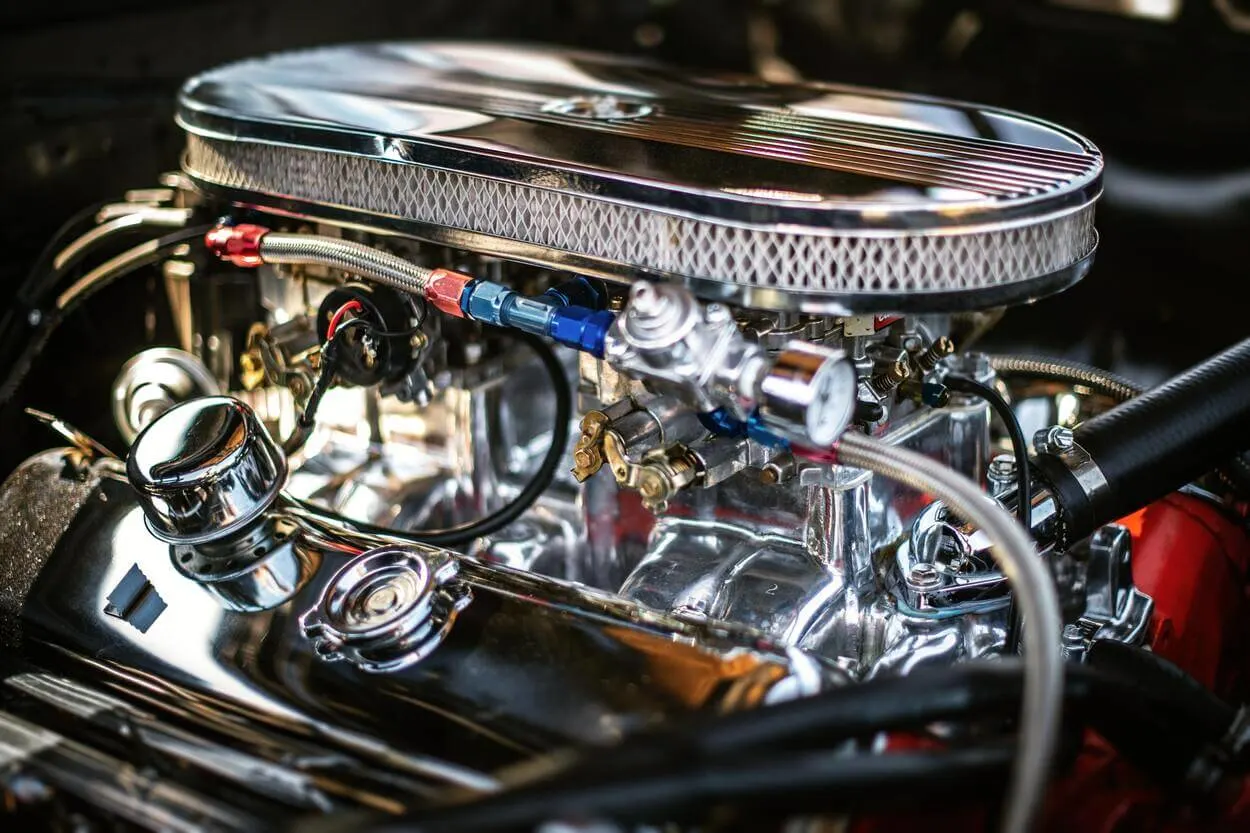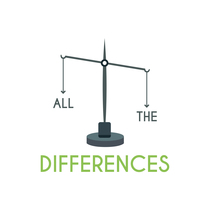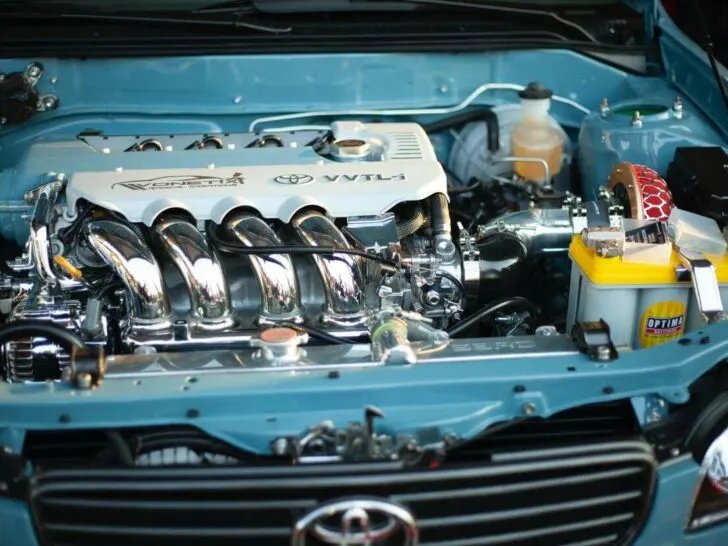The century of technology is the twenty-first century. Scientists are trying to use tech to increase the comfort levels in human life.
It has been increasingly commonplace for manufacturers and outside researchers to integrate computers and electronic elements into modern cars, changing it from drive-by cable to drive-by-wire vehicles.
A drive-by-wire system is an advanced throttle response system in which input given to the throttle goes to the ECU, and then power is generated. In contrast, a drive-by cable system uses a cable directly connecting to the engine.
If you’re interested in the details of both these systems, read till the end.
What Is Meant By Drive-By Cable System?
It’s just a simple mechanical system that attaches the throttle body butterfly to the gas pedal on one end and the accelerator pedal on the other with the help of a cable.
You push the gas pedal, and the cable gets pulled, causing the throttle body butterfly valve to move mechanically. Many vehicles use this system, ranging from small cars to large twenty-two-wheeler trucks.
People prefer vehicles that are driven by cable as they are budget-friendly. Moreover, the system’s simplicity allows you to detect any problem quickly.
What Is Meant By Drive-By-Wire System?
Drive-by-wire technology uses electronic systems to control brakes, steer, and fuel your car instead of cables or hydraulic pressure.
A potentiometer tells the ECU (Electronic control unit) where to push the accelerator pedal. When that happens, the butterfly of the throttle opens. The flap position is sent back to the ECU by a potentiometer. In the ECU, the two potentiometers are compared.
The computer can override the driver and control the engine better, taking more variables into account. You can improve throttle response, torque, and horsepower and reduce emissions. And sometimes all of that at once.
DBW system is fully automated. It gives you more control over the car since you can use different engines or motors, depending on what you want.
As a bonus, it’s easier to update or modify car controls since you don’t have to change anything mechanically.

Difference Between Drive-By-Cable And Drive-By-Wire Systems
Drive-by cable and wire are two different systems. Please look at this list of the differences that set them apart from each other.
- The drive-by-wire is proactive, while the drive-by cable is a reactive system.
- In the DWB system, the throttle is activated by pressing on the pedal, which sends a signal to the sensor that interprets it with the help of a computer. However, in the DWC system, after pressing the pedal, the throttle cable manually controls the inlet and outlet of air.
- With DWB, your vehicle’s engine runs better and lasts longer than the DWC.
- The DWB is an electronic control system, whereas the DWC is manually controlled.
- The drive-by-wire is a pretty expensive system compared to the drive-by cable, which is budget-friendly.
- The DWB system is quite complicated and requires technical expertise in case of any malfunction. On the other hand, the DWC system is straightforward, and you can quickly pinpoint any problem and solve it in less time.
- Vehicles with the DWB system are weightless as compared to the DWC system.
- Cars with drive-by-wire technology have fewer moving parts than drive-by-cable cars, so it’s fuel-efficient.
- The DWB system in vehicles is more environmentally friendly, with fewer carbon emissions, while the DWC system is less environmentally friendly.
- The DWB system can get hacked, while the DWC system poses no such threat as it’s manually controlled.
This video describes the few differences between the two systems:
What Is A Drive By Wire Engine?
A drive-by-wire engine utilizes computer-controlled and electronic systems to operate everything in a vehicle.
When drive-by-wire technology is employed, the brakes, steering, and engine are controlled by electronic systems rather than cables or hydraulic pressure. Your vehicle is loaded with sensors that send signals to the attached computer system. That system generates a required response like increasing or decreasing speed, air inlet, etc.
What Is Meant By Slipper Clutch?
It’s a torque limiter clutch that lets the clutch partially slip until the bike and the engine speed match.
The slipper clutch is only present in bikes. In the case of cars, this clutch is replaced by a friction plate clutch.
What Is Meant By Throttle By Wire?
Throttle by wire means that the electronic device controls the opening and closing of the throttle valve with the help of the installed sensor.
The throttle-by-wire system uses a sensor that measures how far the gas pedal is pressed. The car’s computer gets the info via a wire. The computer analyzes the data and tells the motor to open the throttle body.
Which Cars Use Drive By Wire?
The use of DWB technology is not so every day yet. However, various companies have started using it in their motor vehicles.
These companies include:
- Toyota
- Land Rover
- Nissan
- BMW
- GM
- Volkswagen
- Mercedes-Benz

What Is A Mechanical Throttle?
Mechanical throttle bodies are designed and manufactured with premium materials to achieve smooth operation. Each throttle body is cable-operated.
Is having A Throttle Body Upgrade Worth It?
An upgraded throttle increases the acceleration performance of the vehicle and boosts overall horsepower. So, it’s worth it.
By upgrading the throttle body, you’ll get more power and torque, which can be helpful when towing. An aftermarket throttle body usually boosts horsepower by 15 to 25.
Are Throttle And Idle Cables The Same?
Throttle and idle cables are two very different things.
The only difference is that of spring in terms of physical appearance. However, they are different in assembling arrangements and housing. You can’t replace a throttle cable with an idle cable or an idle cable with a throttle cable. The spring that pushes into the handlebar housing is distinctive for every cable.
Are Teslas Drive-By-Wire?
Teslas are not drive-by-wire cars.
There is not a single car on the market that’s real drive-by-wire. Manufacturers are moving towards it with each step. However, it’s still a far-fetched dream.
Is Steer By Wire Legal in the US?
You can use a steer-by-wire system on US roads.
The government has approved it as safe as the manually driven system installed in the cars.
Which One Is Better: Drive-By-Wire Or Drive-By-Cable?
Everyone has their own opinion regarding these driving systems. Some of you favor DWB systems, while others work better with the DBC systems. It’s all about preferences.
In my opinion, the drive-by-wire system is better due to its fuel efficiency and smooth and accelerated performance. Moreover, it also gives you extra safety features and controls compared to the drive-by-cable system.
Bottom Line
- DBW uses electronic signals; DBC uses a physical cable to control engines.
- DBW offers advanced control; DBC is simpler and budget-friendly.
- DBW responds via sensors/computers; DBC reacts mechanically to pedal pressure.
- DBW is complex, costly, and eco-friendly. In contrast, DBC is mechanical and easier to fix but less eco-friendly.
- Toyota, Nissan, BMW, and Mercedes-Benz adopt DBW.
- DBW excels in performance; DBC is praised for simplicity and cost-effectiveness.
I hope this article will help you choose between one of these systems easily.

